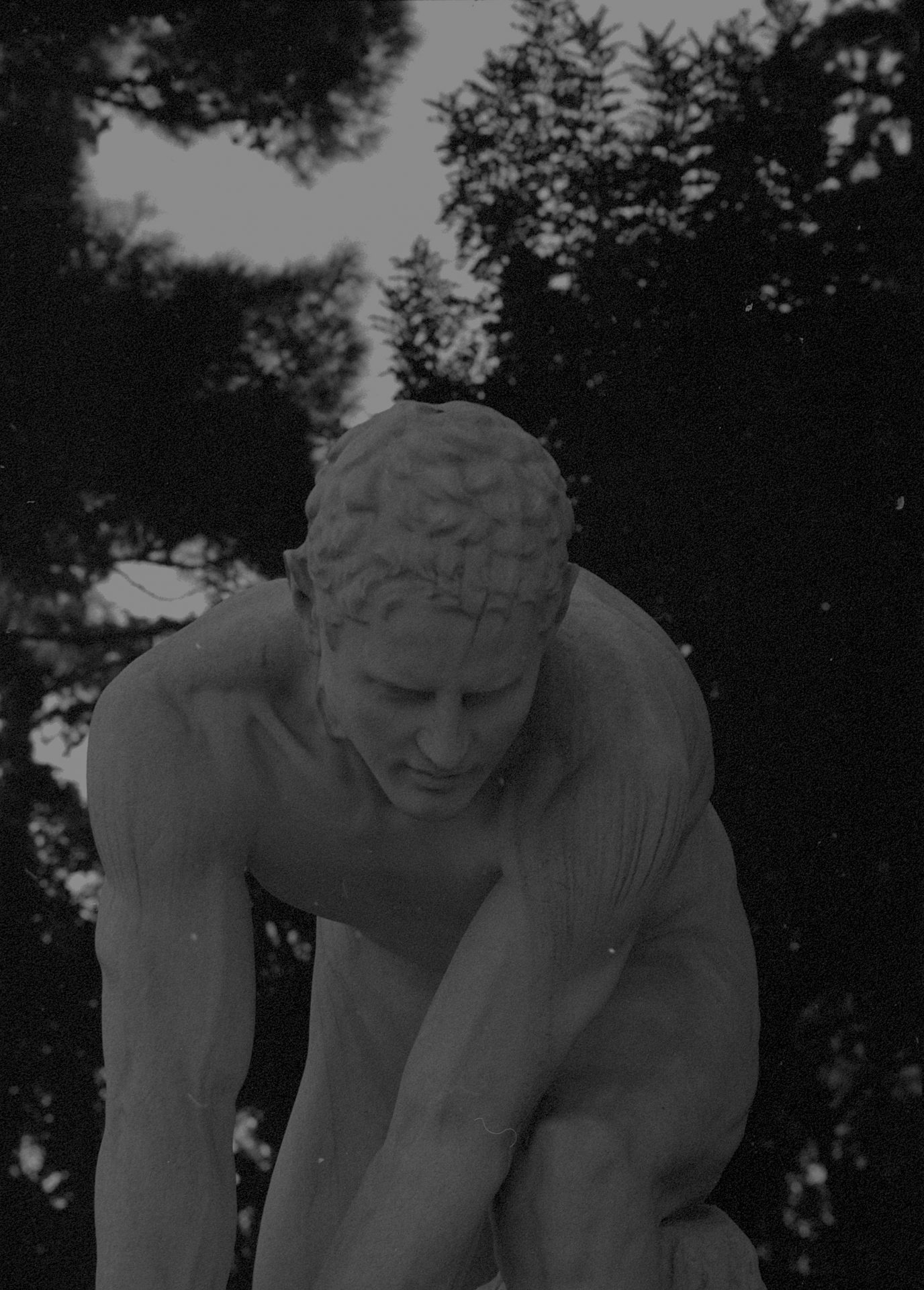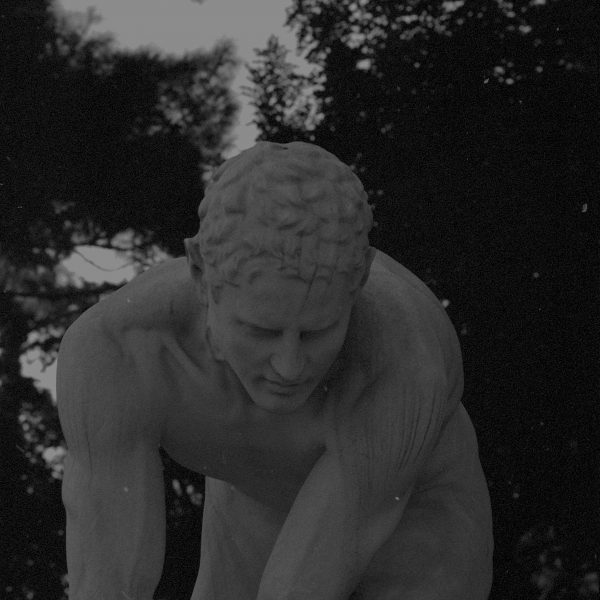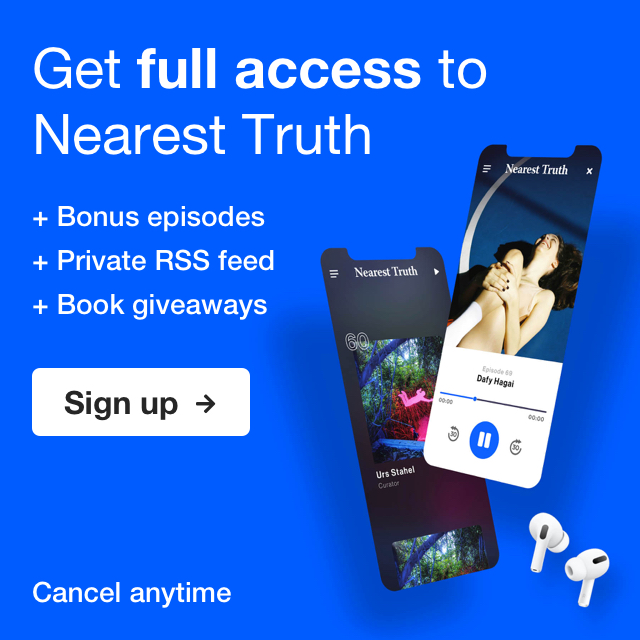An introduction to Nearest Truth by Brad Feuerhelm.
*****Please consider supporting this episode by making a donation. every donation goes to bringing more episodes to light*****
Episode 01: With all things content related in the digital age, it goes without saying that access to information should be available as widely possible.
While the majority of the content that we will be producing will be related to photography- with artists, curators, publishers and writers all joining the discussion, we are hoping to widen the net with conversations with individuals that are outside of our medium to encourage diversity. It is imperative for us to begin this journey with an open mind susceptible to change and growth.
When I started putting these conversations together, it became increasingly clear that my fundamental motivation was to try and limit the stodgy format of the interview to concentrate on a conversation. This is the Nearest Truth that we have-communication. It may change, morph, remain stoic or contradict itself. All of these actions support something more truthful than any absolute of the human condition. We are complex individuals and the voice is how the majority of us transmit our fears, desires and ideas.
As per my involvement, I want to humanize my own voice and that of the person that I am speaking within an age where rapidity of thought through social media etc. can lose the effect of closeness and normality. I find that though we are more connected than ever in the digital age and in the wake of social media, we are also conversely far from being intimate. We “know” each other through sharing information etc., but without actually hearing our voices, I feel that we are somehow losing our perspective about what and who people are. Hearing conversations, with wonderful vernacular, accents, odd pauses, and laughter, in particular, circulates a different type of exchange of information. It is my hopes that Nearest Truth can achieve this and also make things feel a bit less one dimensional and more human.
I want to hear the odd car horn, background voice or child running into the room of the person I am speaking with in the background via Skype. This is reality. Reality is not a slough of nasty comment sections and misrepresentations, nor is it the gilded crescendo of back-patting “like” gestures. All of that is commiserate in the world we live in, but with Nearest Truth, I want to think of what I am doing more similar to what Moe Asch’s did with Folkways Records.
Moe recorded folklore, music and outsider forms of creative communication for the Smithsonian Institution. The record he left of mid-century voices from 1948-1987 exemplifies a slice of history that has also morphed and changed with its own varying sets of vernacular considerations. I think that is what I hope to do best-to leave a record of our voices in an age where they are slowly, but surely being considered as written data sets. I hope my efforts succeed.
This has been started in some ways as an alternative to writing, a medium that I do not feel I excel at greatly. It is my hope that in establishing Nearest Truth, perhaps I will be able to leave a record with a number of great artists, writers, publishers etc. that will be seen as illuminating, fun and even irreverent at times because that is what humans are and they are best able to tell those stories and anecdotes through their own voice and oral histories.









